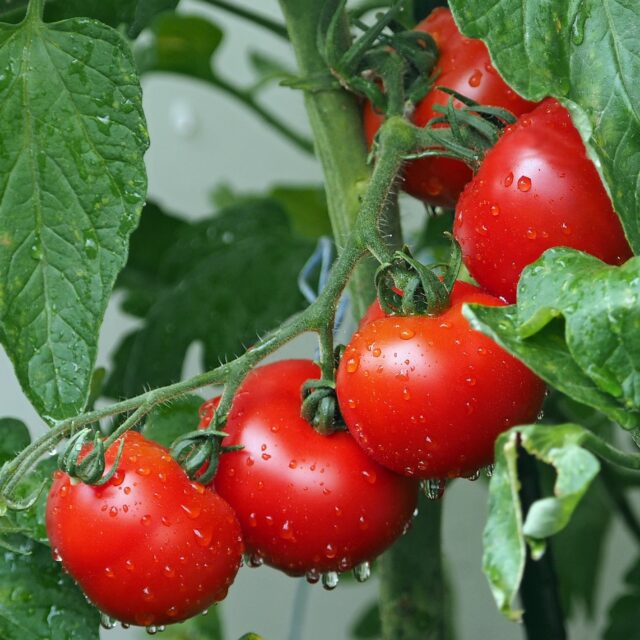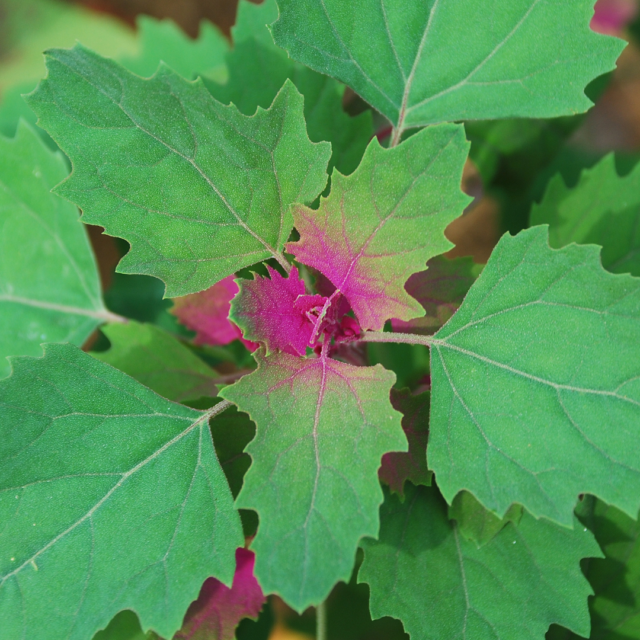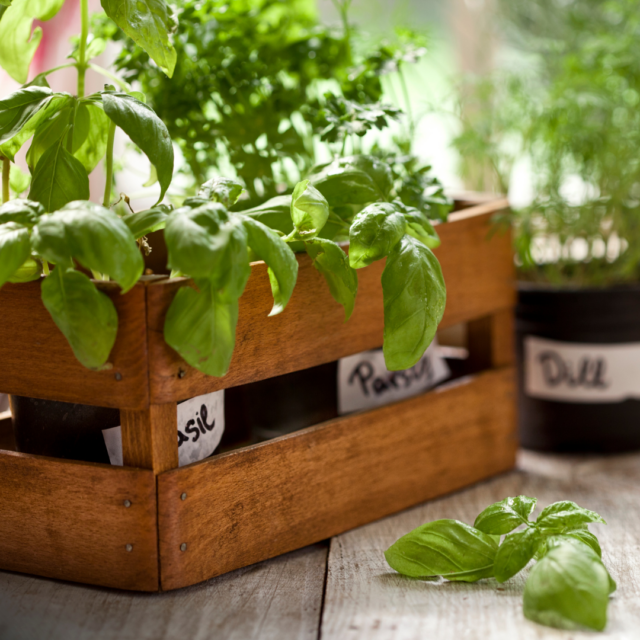Tomato blight, a formidable foe for gardeners and farmers alike, has the potential to devastate entire crops of this beloved fruit. Whether you’re a seasoned gardener or a beginner with a few pots on your balcony, understanding the causes, symptoms, and prevention methods for tomato blight is crucial to ensure a thriving harvest. In this blog, we’ll delve into the world of tomato blight, exploring its various forms, the factors that contribute to its spread, and effective strategies to combat this menace.
Tomato Blight
A Sneaky Culprit Tomato blight is a broad term encompassing various fungal diseases that affect tomato plants. The two most common types are Early Blight (Alternaria solani) and Late Blight (Phytophthora infestans). Both can cause significant damage if not promptly addressed.
- Early Blight: Early Blight typically appears in the lower leaves of the tomato plant, causing dark brown spots surrounded by yellow halos. As the disease progresses, the leaves may wither and fall off, hindering the plant’s ability to produce fruit.
- Late Blight: Late Blight, on the other hand, manifests as large, irregular-shaped lesions on leaves, initially appearing water-soaked and later turning brown. This type of blight can spread rapidly during periods of high humidity, posing a severe threat to tomato crops.

Contributing Factors
Understanding the factors that contribute to the development and spread of tomato blight is crucial for effective prevention. Several key elements can foster the growth of blight, including:
- Weather Conditions: Humid and wet conditions create an ideal environment for the proliferation of blight. Spores thrive in moisture, and rain or dew can facilitate their spread.
- Soil-borne Pathogens: Contaminated soil can harbour the pathogens responsible for tomato blight. Crop rotation and soil management are essential to reduce the risk of infection.
- Plant Density: Crowded and poorly spaced plants provide a conducive setting for the rapid spread of blight. Proper spacing and pruning can help improve air circulation, reducing the likelihood of infection.
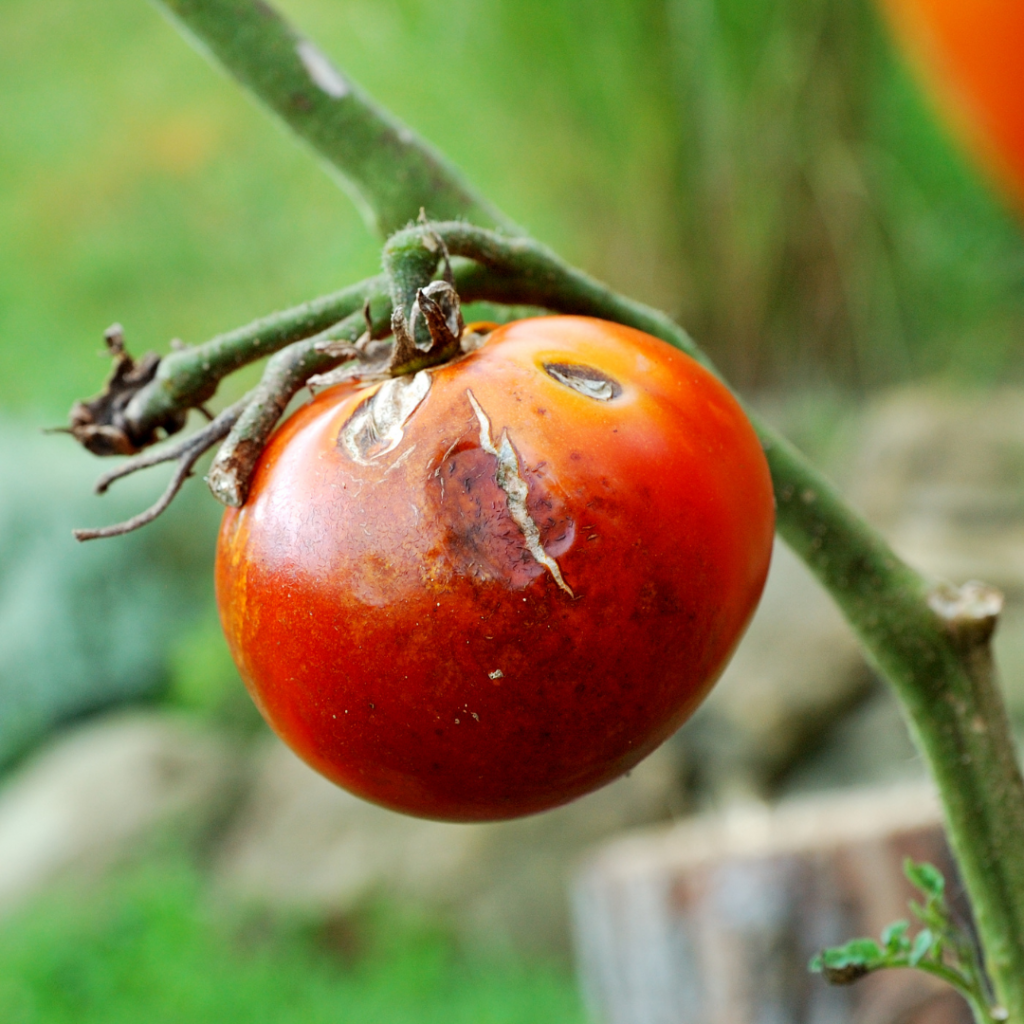
Prevention and Management
While there’s no fool-proof method to guarantee immunity from tomato blight, implementing preventive measures and early intervention can significantly mitigate its impact.
- Crop Rotation: Rotate tomato crops annually to prevent the build-up of soil-borne pathogens. This practice disrupts the life cycle of the blight-causing fungi.
- Adequate Spacing and Pruning: Ensure proper spacing between tomato plants and practice regular pruning to improve air circulation. This reduces the chances of spore transmission between plants.
- Organic Methods: Organic methods, such as copper-based sprays or neem oil, offer environmentally friendly alternatives to fungicides
- Resistant Varieties: Choose tomato varieties that exhibit resistance to specific blight strains. Many modern cultivars are bred to withstand common blight types. Such as our Marglobe (blight resistant) tomatoes!
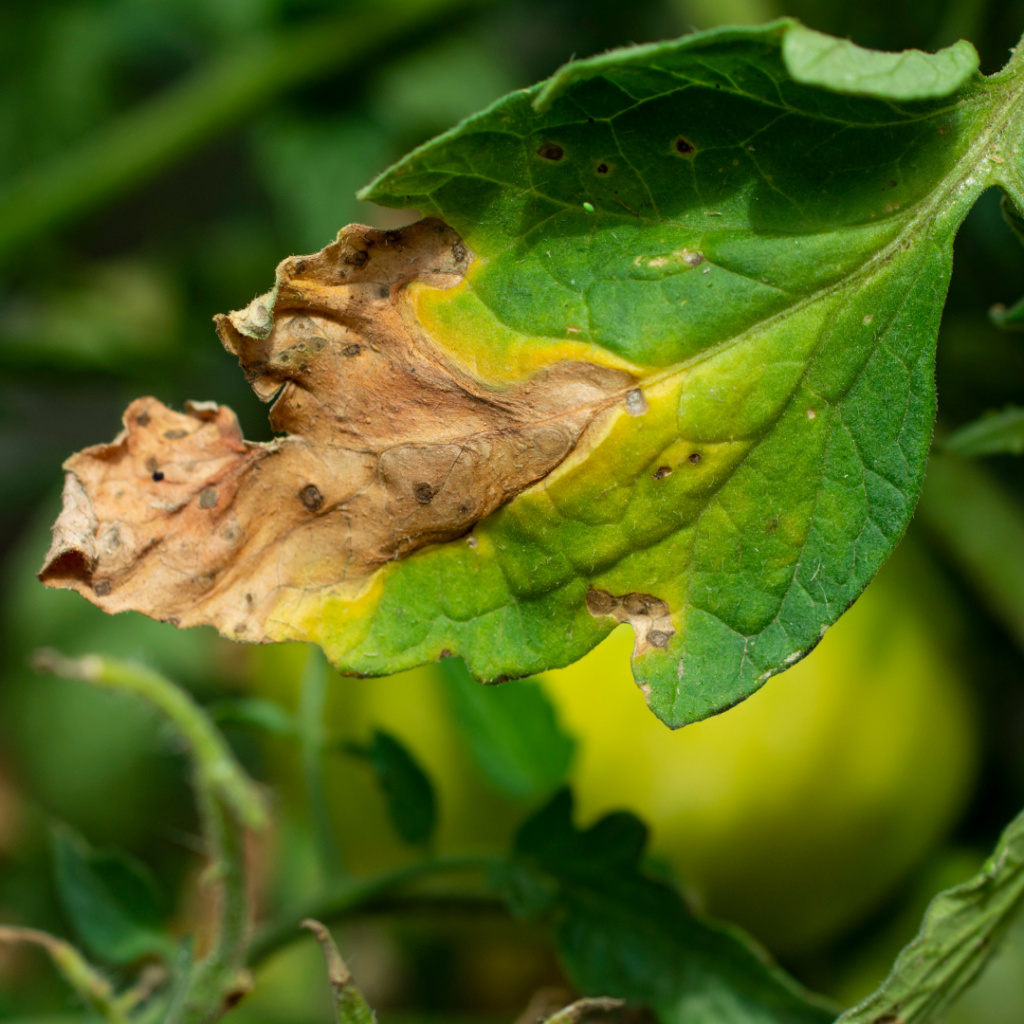
Tomato blight may be a persistent adversary, but armed with knowledge and proactive measures, gardeners can safeguard their tomato crops. Regular monitoring, quick intervention, and a holistic approach to plant health are essential elements in the battle against this formidable foe. By adopting preventive strategies and staying vigilant, growers can enjoy bountiful tomato harvests while minimizing the impact of blight on their precious plants.

